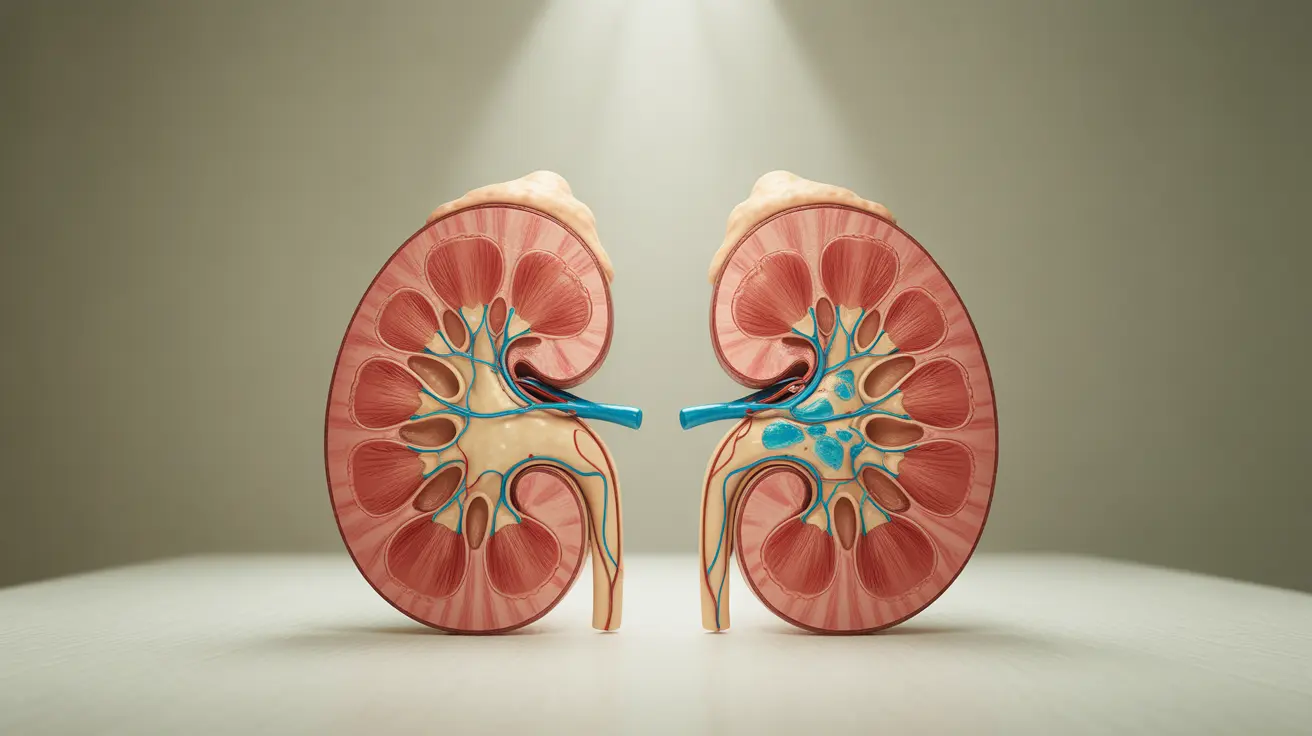Hypoplasia of the corpus callosum is a neurological condition where the bundle of nerve fibers connecting the two hemispheres of the brain is underdeveloped. This condition can significantly impact brain function and development, leading to various symptoms and challenges throughout life. Understanding its symptoms, diagnosis, and treatment options is crucial for affected individuals and their families.
While the severity and manifestation of symptoms can vary widely among individuals, early recognition and appropriate intervention can help manage the condition effectively and improve quality of life. Let's explore the key aspects of this neurological condition in detail.
Common Symptoms of Corpus Callosum Hypoplasia
The symptoms of hypoplasia of the corpus callosum can manifest differently in children and adults. Common signs include:
- Developmental delays
- Poor coordination and balance
- Difficulty with complex problem-solving
- Speech and language delays
- Vision problems
- Seizures
- Social interaction challenges
In infants and young children, early signs may include:
- Feeding difficulties
- Delayed motor milestones
- Poor muscle tone
- Sleep disturbances
- Limited hand-eye coordination
Diagnostic Process and Testing
Diagnosing hypoplasia of the corpus callosum typically involves several specialized tests and procedures:
Medical Imaging
The primary diagnostic tools include:
- MRI (Magnetic Resonance Imaging)
- CT (Computed Tomography) scans
- Prenatal ultrasound in some cases
Additional Assessments
Healthcare providers may also recommend:
- Neurological examinations
- Developmental evaluations
- Genetic testing
- Vision and hearing tests
Treatment Approaches and Management
While there is no cure for hypoplasia of the corpus callosum, various treatments and therapies can help manage symptoms and support development:
Therapeutic Interventions
- Physical therapy
- Occupational therapy
- Speech and language therapy
- Behavioral therapy
- Social skills training
Medical Management
Treatment may include:
- Anti-seizure medications if needed
- Vision correction
- Coordination of care among specialists
- Regular monitoring of development
Genetic Factors and Risk Assessment
Understanding the genetic components of corpus callosum hypoplasia is crucial for families:
- Genetic mutations and chromosomal abnormalities
- Family history considerations
- Environmental factors during pregnancy
- Metabolic disorders
- Infections during pregnancy
Long-term Support and Outcomes
Long-term management of hypoplasia of the corpus callosum involves:
- Educational support and accommodations
- Family counseling and support groups
- Regular medical follow-up
- Adaptive equipment when needed
- Transition planning for different life stages
Frequently Asked Questions
What are the most common symptoms of hypoplasia of the corpus callosum in children and adults? The most common symptoms include developmental delays, coordination problems, speech difficulties, and challenges with social interaction. Children may show early signs such as feeding problems and delayed milestones, while adults might experience ongoing challenges with complex tasks and social relationships.
How is hypoplasia or agenesis of the corpus callosum diagnosed, and what tests are most important? Diagnosis primarily relies on brain imaging techniques, particularly MRI and CT scans. Additional important tests include neurological examinations, developmental assessments, and genetic testing to identify underlying causes.
What treatments and therapies are available for managing symptoms of hypoplasia of the corpus callosum? Treatment options include various therapeutic interventions such as physical, occupational, and speech therapy. Medical management may involve anti-seizure medications and coordinated care among specialists to address specific symptoms.
Can hypoplasia of the corpus callosum be caused by genetic factors, and what are the known risk factors? Yes, genetic factors can cause this condition. Known risk factors include genetic mutations, chromosomal abnormalities, certain infections during pregnancy, and metabolic disorders.
What are the long-term outcomes and support options for someone with hypoplasia of the corpus callosum? Long-term outcomes vary significantly among individuals. Support options include educational accommodations, therapy services, family counseling, and connection with support groups. Many individuals can lead fulfilling lives with appropriate support and interventions.




